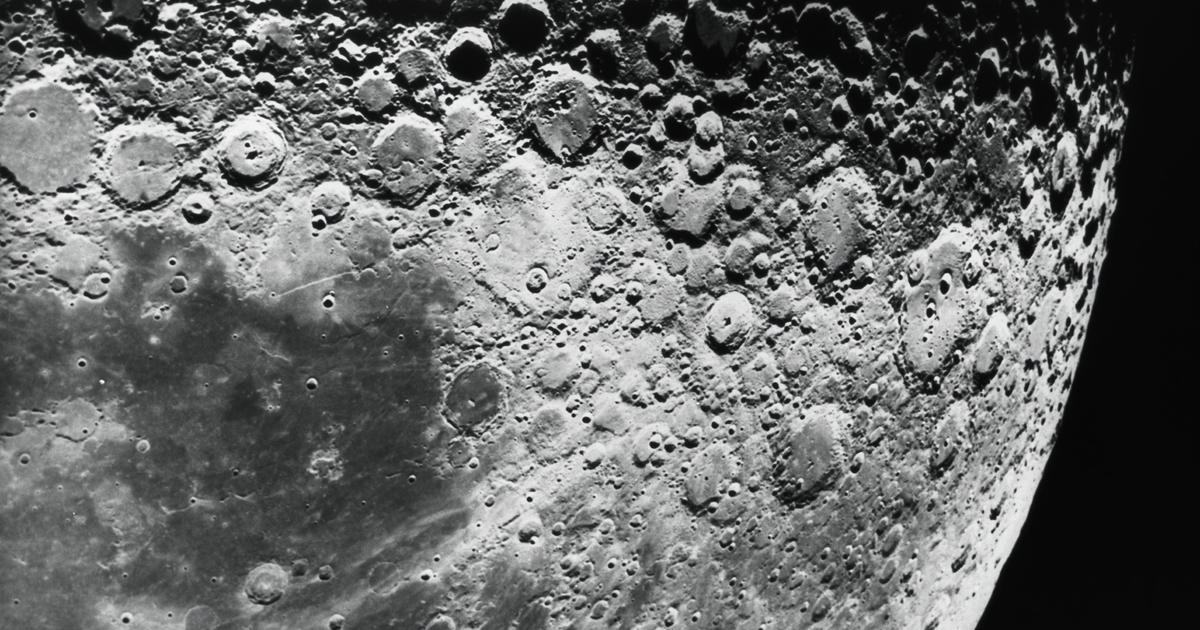
The origins of a certain near-Earth asteroid — about the size of a Ferris wheel — has stumped scientists for years. Now, astronomers believe the asteroid called Kamo`oalewa broke off from the moon, according to data published in the journal Nature on Thursday.
A team of astronomers, led by Ben Sharkey, a University of Arizona planetary sciences graduate student, discovered the asteroid in 2016. They found that Kamo`oalewa's "spectrum," or pattern of reflected light, didn't match any of the other near-Earth asteroids. They knew something was different about Kamo`oalewa — whose name is found in a Hawaiian creation chant and "alludes to an offspring that travels on its own," according to a press release from the astronomers — but the team only had a few weeks to run tests before the asteroid continued on it's orbit.
"We doubted ourselves to death," Vishnu Reddy, Sharkey's co-author and University of Arizona associate professor of lunar and planetary sciences, said in the press release.
"I looked through every near-Earth asteroid spectrum we had access to, and nothing matched," Sharkey said in the press release.
The asteroid was difficult to study. Not only is it about 4 million times fainter than the faintest star the human eye can see, but Kamo`oalewa has a very unique orbit that tilts around Earth. At its closest, it is 9 million miles away — and it's only that close for a few weeks every April.
In 2020, researchers were stymied by COVID-19, which shut down the Large Binocular Telescope on Mount Graham in southern Arizona, one of the only telescopes large enough to capture the far-away asteroid.
But when astronomers viewed the asteroid in April 2021, they couldn't deny the data: while the asteroid might be made of the same material — silicate — as other asteroids, Kamo`oalewa gave off the kind of reflected light that lunar rocks from NASA's Apollo missions give off, suggesting that it may have originally come from the moon. Kamo`oalewa's strange orbit, unlike other near-Earth asteroids, was also a clue towards its lunar origins. The orbit is very similar to Earth's, but "with the slightest tilt."
"It is very unlikely that a garden-variety near-Earth asteroid would spontaneously move into a quasi-satellite orbit like Kamo`oalewa's," Renu Malhotra, a University of Arizona planetary sciences professor who led the orbit analysis, said in the press release.
"This spring, we got much needed follow-up observations and went, 'Wow it is real,'" Sharkey said. "It's easier to explain with the moon than other ideas."
The team believes this is the first example of a lunar-originating asteroid, according to the press release. But it is unlikely to stay in its current orbit forever.
"It will not remain in this particular orbit for very long, only about 300 years in the future, and we estimate that it arrived in this orbit about 500 years ago," Malhotra said.
The team speculates that Kamo`oalewa may have been broken off of the moon from the impact of another asteroid hitting the moon, but they haven't been able to confirm their theory yet. They plan to run more tests when Kamo`oalewa comes back into visibility in April 2022.
Download our Free App
For Breaking News & Analysis Download the Free CBS News app
"come" - Google News
November 14, 2021 at 04:31AM
https://ift.tt/3DtLbNX
Asteroid that orbits near Earth may have come from the moon - CBS News
"come" - Google News
https://ift.tt/2S8UtrZ
Shoes Man Tutorial
Pos News Update
Meme Update
Korean Entertainment News
Japan News Update
Bagikan Berita Ini















0 Response to "Asteroid that orbits near Earth may have come from the moon - CBS News"
Post a Comment